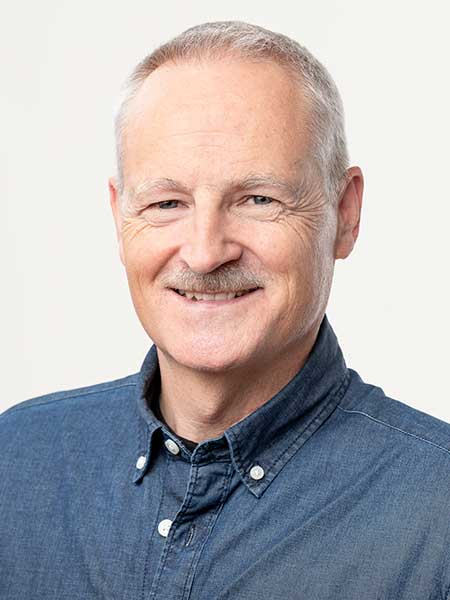
Change from cow to goat milk
"The change from cow to goat milk production was necessary due to the situation on the farm, the limited of forage production, the stables that needed to be renovated and our own abilities," explains the farming couple. "We were familiar with the handling of these animals, as our parents already kept goats too. Since there were only a few professional goat keepers at this point in time, we had no reference regarding the cost for the necessary renovations. In the end, the barn was much more expensive than calculated. Nevertheless, we were always able to pay our bills until the bad weather conditions last summer required our last reserves to buy the necessary additional forage. Thanks to the support of Suyana, we have survived this financial bottleneck and can again face the future with hope."





Project details
In the mountains of the Jura, the conditions of cultivation place different demands on agriculture than in the valley area. Traditional farming methods do not always have a promising future here. This is what this farming couple in the western part of the Bernese Jura had to realise. Their old, cramped stables for the dairy cows were no longer up to date and called for investment. However, the size of the farm with the existing forage base was too small for a worthwhile expansion. In addition, the existing land was not optimally suited for keeping cows due to the topography and climate. A suitable alternative was found in the conversion to dairy goat husbandry. The consumption of goat milk products is increasing and has recently shown strong demand in a niche segment. Farmers who invest in goat husbandry are pioneers. This means that there is little documentation for structural conversions in this sector. It is difficult to calculate a conversion and it involves a certain risk. In the end, the total costs of the changeover were higher and used up all the savings. The extremely bad weather conditions last summer led to painful yield losses in fodder. The resulting need to purchase additional animal feed posed a serious threat to the farm’s existence.
Expensive transition
In the case of new production forms, the first to risk such a step are always burdened with so-called “pioneering work”. This means that they have to acquire all knowledge about husbandry, buildings and technical equipment themselves. In doing so, they have to fulfil the legal requirements, which are usually based on theoretical rather than practical principles. This does not simplify the implementation and makes it more expensive. Likewise, the planners and stable constructors lack experience and have no corresponding comparative figures. Thus, even with cautious calculations with safety margins, higher transition costs can result through no fault of their own, and the financial limits can be overstretched.
Making the right use of regional resources
This region, with its rather harsh climate and shallow, mostly steep land, offers only a scarcely average forage base. The predominantly steep slope is poorly suited to cattle grazing. Therefore, goats fit much better into this terrain and cause considerably less damage to the sward. Without farmers adapting livestock management, the impact on this area would be enormous. Besides the loss of production bases for healthy and sustainable food, the obliteration of the region would become excessive. With Switzerland’s own already scarce resources, these usable areas should be preserved at all costs.
Funding
Suyana Foundation team members visited this innovative, hard-working and motivated farming family. With Suyana’s support, they are able to overcome the difficult and challenging times. They now have a sustainable, solid livelihood again and thus have a secure future ahead of them.
Together we make it happen
For more information get in touch with:
hans.waltenspuel@suyana.ch
+41 41 710 82 21

Hans Waltenspül
Projects Switzerland
Keep up to date with our exciting activities